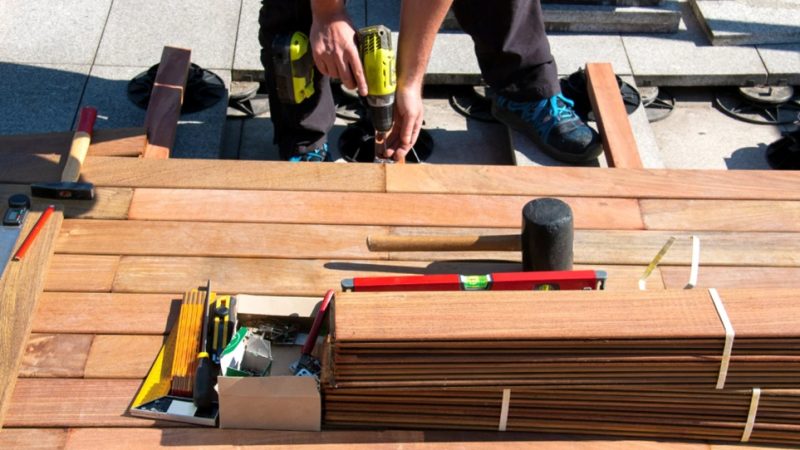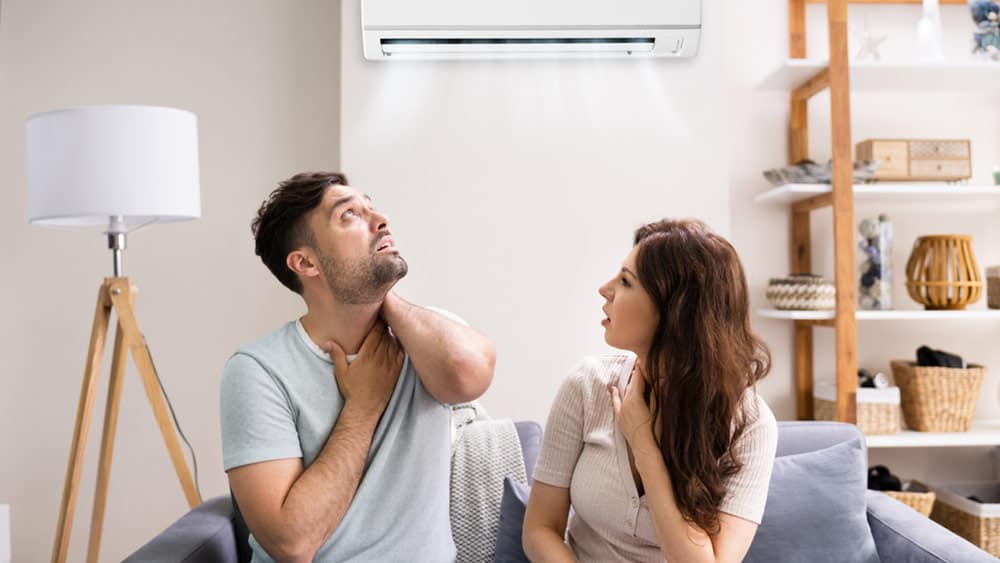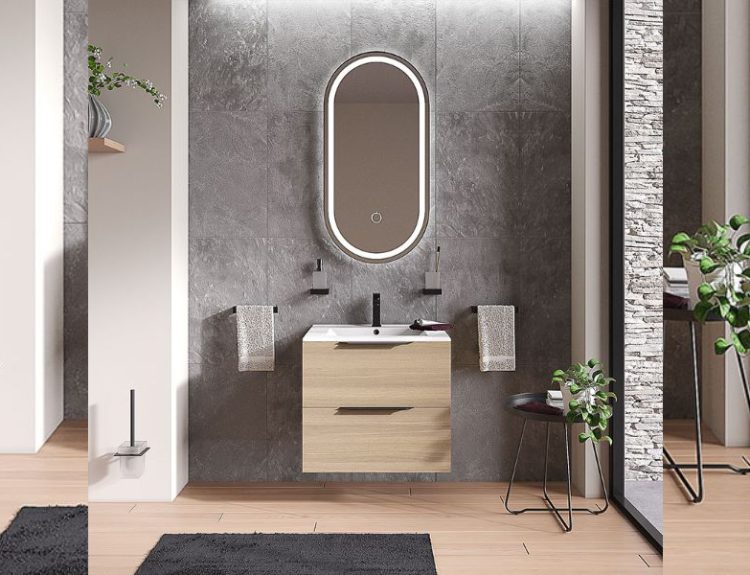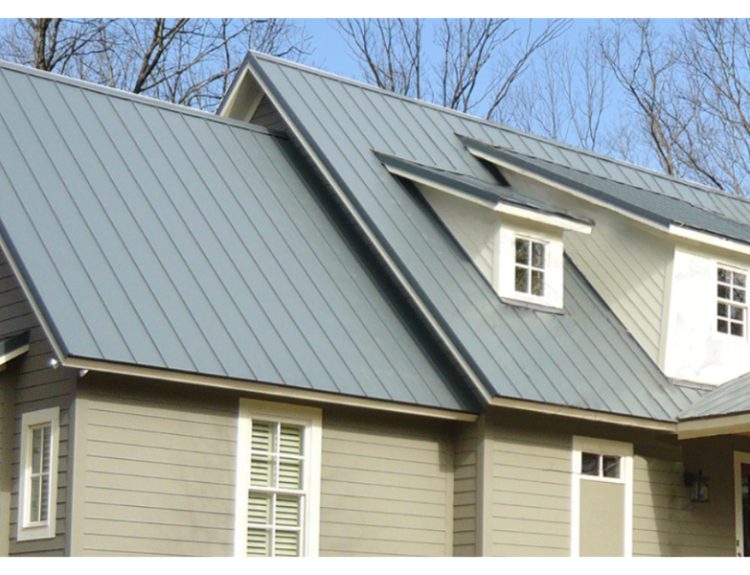Having good indoor airflow is important for many reasons. It helps to keep the air in your home clean and free of contaminants, and it also helps to regulate the temperature in your home. However, poor indoor airflow can lead to a number of problems, including stuffiness, musty odors, and excessive dust buildup.
If you’re noticing poor indoor airflow, there could be a number of culprits. Here are 10 common causes of reduced airflow in your home:
- Dirty air filters– This is one of the most common and easily fixable reasons for reduced airflow. It’s obvious that a filter can’t do its job properly if it’s covered in dirt, dust and debris. Simply replacing your air filter on a regular basis can make a big difference in airflow.
- Clogged return vents– Over time, your return vents can become clogged with dirt and debris. This can block airflow and cause your system to work harder to circulate air.
- Leaky ductwork– If your home has leaky ductwork, it’s losing a lot of conditioned air before it even has a chance to reach your living space. This can be a big problem, especially in homes with central air conditioning. You may need to have your ducts professionally sealed to improve airflow.
- Cracked or missing insulation– If your home’s insulation is cracked or missing, conditioned air can escape through the gaps. This can lead to reduced airflow and higher energy bills.
- Poorly designed HVAC system– If your home’s HVAC system was poorly designed or installed, it may not be able to properly circulate air. This is especially true for homes with complex floor plans.
- Blocked vents– If your vents are blocked by furniture or other objects, it can restrict airflow and make your home feel stuffy. Make sure all of your vents are clear and unobstructed.
- Closed doors– If you close off too many rooms in your home, it can create “dead zones” where air doesn’t circulate well. This can lead to stuffy, stagnant air. You should keep doors open as much as possible to promote good airflow.
- High humidity– If your home is too humid, it can make the air feel stuffy and uncomfortable. You may need to invest in a dehumidifier to reduce the moisture level in your home.
- Poorly sealed windows and doors– If your home has drafty windows and doors, it’s losing a lot of conditioned air. This can lead to reduced airflow and higher energy bills. Make sure all of your windows and doors are properly sealed to prevent drafts.
- Dirty vents– If your vents are covered in dirt, dust, and debris, it can restrict airflow and make your home feel stuffy. Make sure to clean your vents on a regular basis to keep them clear and unobstructed.
To avoid poor indoor airflow, it’s important to keep your air filters clean and replace them on a regular basis. You should also have your ductwork inspected for leaks and make sure all of your vents are clear and unobstructed. Make sure that you have a regular schedule for air duct cleaning service in Overland Park or wherever you reside. This will help ensure that your ductwork is free of dirt, dust, and debris and that it’s properly sealed to prevent leaks.









